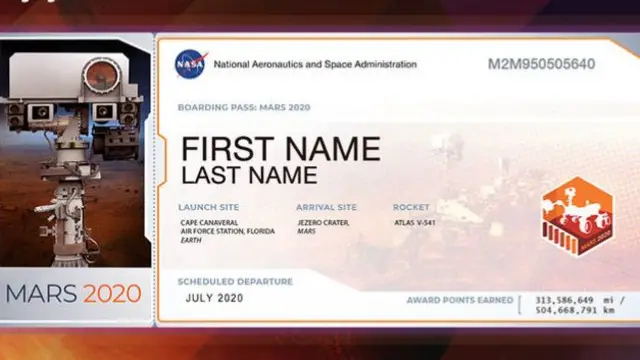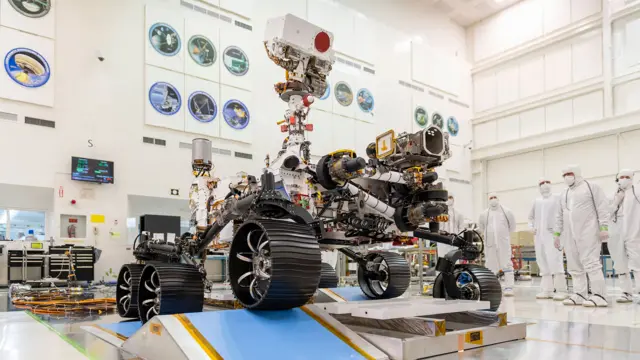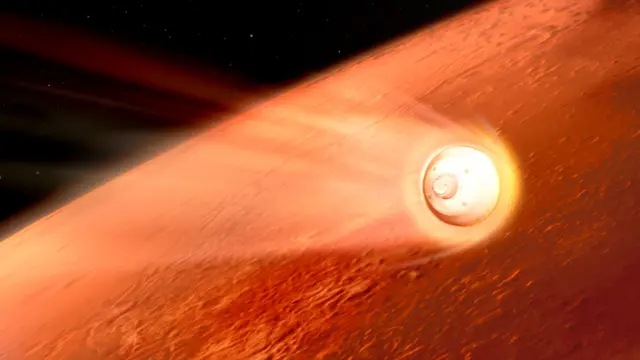Perseverance has an important questpublished at 17:33 GMT 18 February 2021
 Jonathan Amos
Jonathan Amos
Science correspondent, BBC News
The dream is Perseverance will stumble across some fossil evidence of micro-organisms during its mission. Such a discovery is unlikely to be of the slam-dunk variety, which is why Perseverance will package up its most interesting rock finds for later missions to retrieve and bring back to Earth for more detailed study.
This issue whether there was ever life at Mars is really fundamental, believes Perseverance's chief scientist, Ken Farley, and has profound implications for our understanding of the possibility of life elsewhere in the galaxy, or indeed the Universe.
"It's the question of how ubiquitous life might be beyond Earth," he told us. Is it a case that if you build the right environment, life will come? Or is it like there has to be a "magic spark" for it to happen? And the answer to that question is really important, because we now now that there are billions, literally billions, of planets out there beyond Earth.
"What is the likelihood that life doesn't exist out there? Well, it seems small to me. But all of it hinges on how ubiquitous the spark is that gets life going. Is it super rare? Or is it - you build it and it will come. And I think this is why we need to go to a place that we have every reason to believe was habitable, and actually look to see whether it was inhabited."



